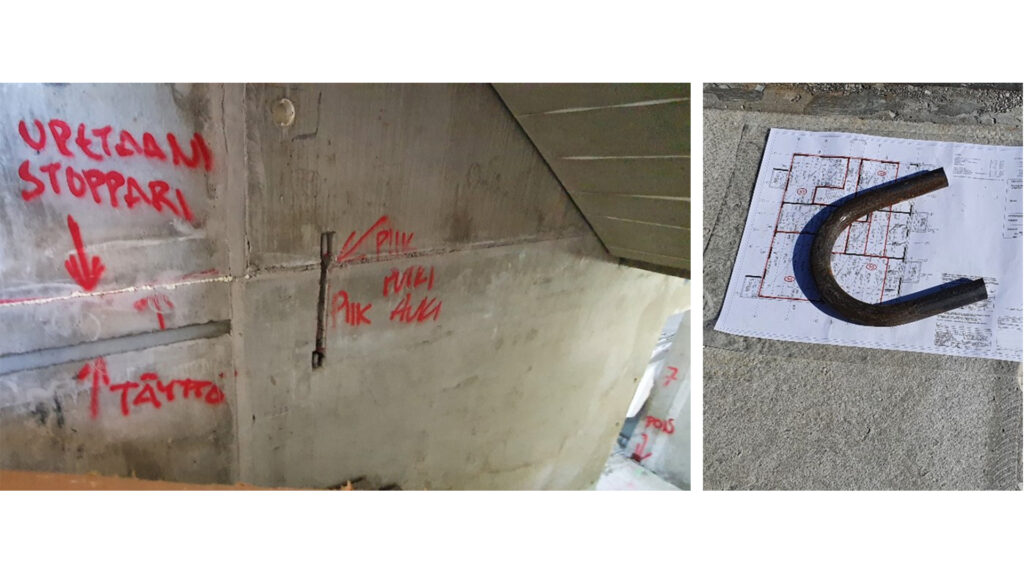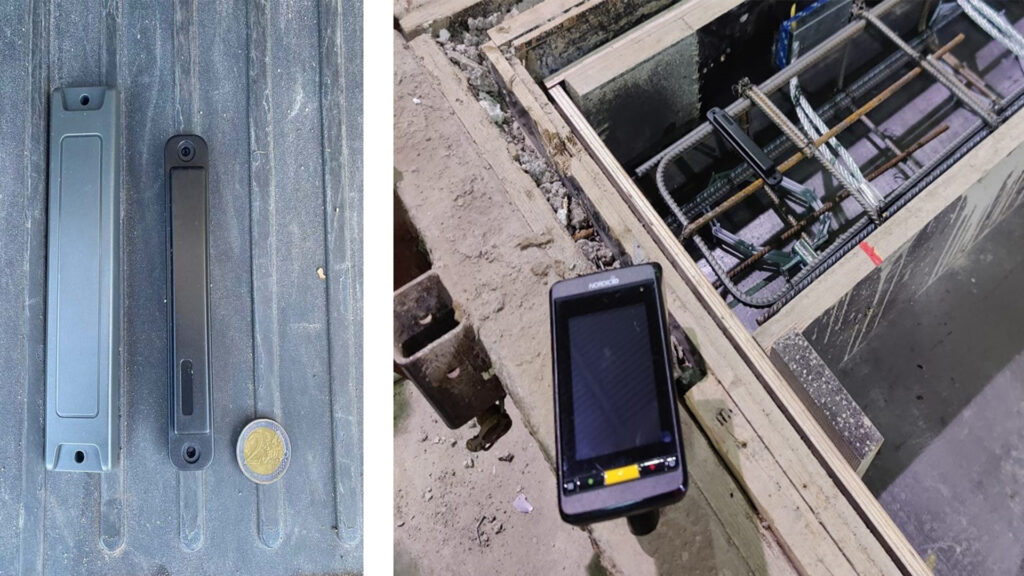The supply chain consisting of the design, manufacture and installation of concrete elements is one of the most challenging entities in the construction industry. This becomes concrete especially in the framework phase of the construction site. The BEC working group, which focuses on guiding the modeling of concrete industry elements, has been working on the challenge for a long time. Now it has been possible to digitize the design and production of concrete elements.
The supply chains of the elements are already long in principle, because the design phase starting with the order includes, in addition to the elements and their manufacture, the design of the erection of the frame. Supply chains connect structural designers, main contractors, element manufacturers and transport and installation companies. In practice, information related to a single element is transferred between the parties long before it is manufactured.
This is also where one of the central problems of the supply chain culminates. The product information of precast concrete elements is managed using very varied and labor-intensive methods, for example with the help of pictures and excel tables. It is also passed from person to person both within organizations and between companies.
In addition, the information transmission and transfer practices are based on the established operating methods of the persons responsible for the projects instead of the standards between the companies. This often causes unnecessary work and tends to increase the risk of errors as well.
The challenge becomes concrete especially in the framework phase of construction sites. Paper printing and graffiti are in many places the most used and also the most effective way to communicate, transfer and maintain up-to-date information.
Regarding precast concrete elements, the information does not yet pass from one system to another, and based on it, a sufficiently clear picture of the delivery process itself cannot be obtained. Without accurate information about the actual state of the design-manufacturing-delivery-installation process, it is also not possible to improve the performance of the supply chain.

In addition, precast concrete supply chains are usually built and dismantled on a project-by-project basis. It is indeed difficult - and sometimes even impossible - for an individual company to invest in the digitalization of its own supply chain.
Barcode and RFID technology to help
The BEC working group, which focuses on guiding the modeling of concrete industry elements, has been dealing with the information content puzzle of elements for more than ten years. The digitization of product information requires the standardization of information content, because unstandardized information cannot be processed mechanically.
BEC has done meritorious work, thanks to which it has been possible to digitize the design and manufacture of concrete elements. This work serves as a basis for standardizing the information and content of the entire supply chain. In addition to the design, quantity calculation and manufacturing of the elements, this would facilitate transportation, installation and building maintenance. In terms of the future, it is also important to enable the automation of the collection and processing of reportable data, which is the basis of corporate responsibility reporting.
In an automated production chain, concrete elements must also be able to be recognized mechanically. For this, a standardized method of identification, similar to a car registration number, must be created for the different element types, which is also the key to the product information of the element in question. With barcode and RFID technology, every part of the project has the opportunity to identify and identify all the concrete elements coming into it at different stages of the supply chain. In the construction supply chain digitization project led by Rakennusteollisuus RT, an identification code based on the GS1 family of standards has been defined, which will be tested using RFID technology.
In practice, this identification code is the key with which the construction site will receive, with one push of a button, the plan images and numbers of even individual elements for the vault or its location information in the transport. The identification code enables information to flow from one system to another across organizational boundaries.
The next development step is to standardize the information content of the supply chain, i.e. both product and process information, so that product information related to concrete elements can be mechanically transferred between companies with the help of identification codes defined by the project. This will also make it possible to enrich information mechanically in company systems, which will be needed in the future, for example, to implement responsibility reporting.
Pilots will soon start in prefab factories and construction sites
The piloting of RFID tags is starting in August at two apartment building sites in Helsinki and Tampere. They include Lujabetoni, Fira, NCC and Parma. In the pilots, the embedding of RFID tags in the elements and their information content are tested and read in different conditions and places. Pilots are also being conducted on standardizing the information content of data models and message-based data transfer between parties in order to introduce suitable standards in precast concrete supply chains.

Identification codes and RFID tags enable machine reading. The actual work to digitize the precast concrete supply chain is still ahead of the project. With the help of machine reading, we can identify a single element, but we still have to standardize the information that is associated with the identified element. This information to be standardized is both product information related to the element (e.g. the label image of the element) and process information related to the element's supply chain (schedule or status information). The definition work also includes the electronicization of the documents needed to convey information, i.e. converting them into messages, for example using the PEPPOL standard as an aid.
The digitization of precast concrete supply chains changes the operating methods of all parties. Design offices must switch to using standardized product information in modeling. At element factories, RFID tags must be installed on the elements and production control systems must read and produce digital information. Contractors, on the other hand, must ensure that there are RFID tags reading devices on the work sites. Interfaces must be implemented for the software used to transmit information. Together with the standardization of information contents and the introduction of suitable standards for newspaper interfaces, they enable the digital leap that the industry needs.
The authors
Janne Kihula, Rakennustuoteollisuus RTT ry / Betoniteollisuus ry, division manager – member of the steering group of the precast concrete supply chain project
Teemu Alaluusua, Con X Digi Technologies Oy, CEO
Project manager and steering group member of RT's Concrete element supply chain project
Otto Alhava, Flow Technologies, CTO
Construction industry RT – Digitalization of supply chains project, steering group member
See also
- Antti Aaltonen's blog post: One company will not save the world - digital supply chain management is a joint project of the construction industry
- Otto Alhava's blog post: Standardization of information stops planning in the vault and gets work done
- Supply chain product information management
- Frequently asked questions about standardization of product information
Write a comment